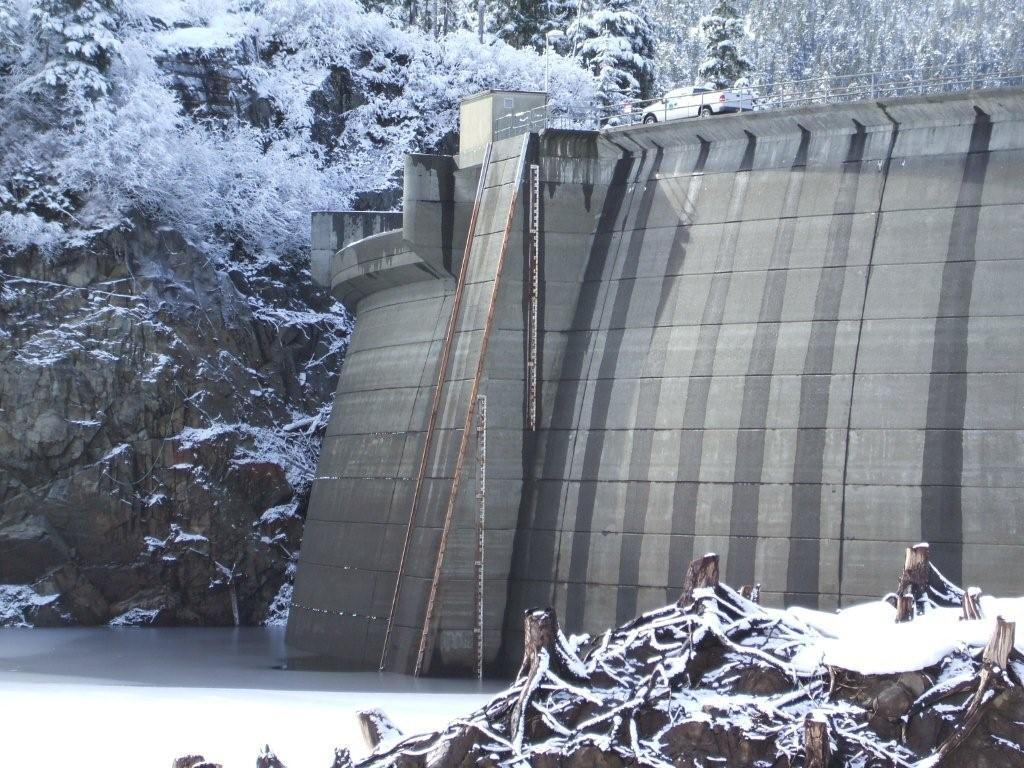
Concerns around energy independence and high costs have led many places in rural Alaska to look for renewable alternatives to fossil fuels. The Department of Energy recently announced the awardees of a new program to help remote communities find clean energy solutions. The Energy Transitions Initiative Partnership Project or ETIPP will help five Alaska towns explore everything from hybrid fishing vessels to reducing reliance on diesel.
Electric vehicle use is on the rise in Alaska, particularly in Southeast, where many communities rely on renewable hydropower. Electric buses are hitting the streets in Juneau and Tok. And states like Washington are exploring electric ferries as a way to save money and reduce carbon footprints.
But what about fishing boats?
“There really is not much going on in the commercial fishing fleet as far as exploring alternatives to diesel-powered vessels,” said Linda Behnken, executive director of the Sitka-based Alaska Longline Fishermen’s Association or ALFA.
For years, the organization has worked to increase the fuel efficiency of Sitka’s fishing fleet. The next step is to start converting regular, diesel-powered vessels to hybrids.
“We want to find a technology that works at a scale that fits for our, our fleet,” Behnken said. “So the fleet characteristic of Sitka and Southeast, the community-based fishing fleet.”
That’s why they applied for the federal Energy Transitions Initiative Partnership Project or ETIPP. Over the next year, the pilot project will connect 11 remote communities around the country with national experts to help solve their energy issues.
Rob Jordan works for the Renewable Energy Alaska Project or REAP, one of ETIPP’s regional partners. He said the program provides technical assistance rather than outright funding for new equipment, like solar panels or wind turbines.
“The idea here is that you already have the infrastructure in place, or you have plans to put the infrastructure in place,” Jordan said. “And what we’re going to do is put really bright minds to the task of figuring out how to make that work absolutely the best possible way it can.”
Jordan said the geographic isolation of many remote Alaska communities mean they can’t tie in to regional energy infrastructure. That drives up energy costs and leaves them particularly vulnerable to impacts from natural disasters and climate change.
“And so in those places, it’s crucially important that we do what we can to develop technologies that are environmentally sensitive, but I think really importantly, that they’re resilient, and that we’re not just relying on one or two pieces of technology,” he said.
Jordan said REAP’s role is to provide local context for national experts and ensure that the communities are leading the charge. That’s an important part of developing solutions that work long-term.
“The ETIPP program came about because of the recognition of the value and the importance of not parachuting in and rocketing out of communities,” Jordan said. “It’s very important that the community is in the position of driving the planning process, and that they have a very clear voice, and that they have a way that they can make course corrections during the process.”
Along with helping ALFA develop a hybrid technology for fishing vessels, the program will also assist the five Alaska communities of Dillingham, Aleknagik Wainwright, Ouzinkie and Sitka with renewable energy projects and energy efficiency.
City of Sitka spokesperson Melissa Henshaw says they’ll use a community meeting between national experts and local stakeholders to help hone in on the best use of ETIPP resources. But a big priority is increasing local hydroelectric capacity without breaking the bank, especially with possible expansions from the Coast Guard and the Southeast Alaska Regional Health Consortium on the horizon.
“That will end up consuming a significant amount of the existing hydro electric generation capacity. So as a result, Sitka’s timeline for adding new generation capacity has accelerated from 30 years to more like five to 10 years,” she said.
And that’s important for ALFA’s project too. Increasing Sitka’s hydroelectric capacity will ensure that the hybrid fishing boats have access to reliable and affordable power.
“By being more able to take advantage of a local energy source, it’s also a clean energy source, that really increases the resiliency of our fleet as well as the bottom line,” Behnken said.
Eventually, ALFA hopes a Sitka business could take on hybrid conversions, and they’re even looking further into the future at hydrogen power. But for now, she hopes this pilot project can provide a sustainable model for boats around the region.
Erin McKinstry is a Report for America corps member. This story was produced in collaboration with Alaska’s Energy Desk.






























